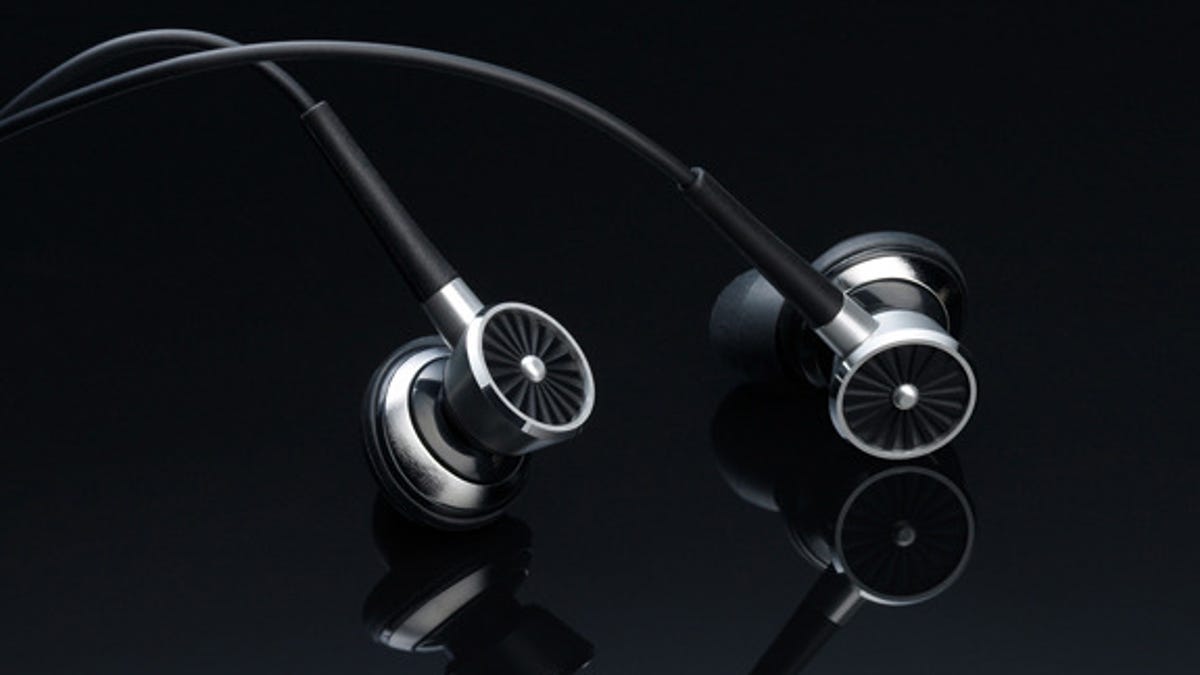Phiaton 'half in-ear' 'phones: This bud's for you
Phiaton's "half in-ear" PS 210 headphones don't promise noise isolation of bona fide in-ear designs, and that's a good thing.

Phiaton dubbed the PS 210 headphones a "half in-ear" design, which is a catchy way of saying they don't reach as far into your ear canals as Monster, Etymotic, or Shure's in-ear models do, but they protrude a little more into the ear than earbuds do.
Before we go any further I'd like to tell you a little bit about Phiaton, which may be new to the U.S. headphone market, but looks like it's set to become a major player here. Phiaton is a division of Cresyn, a large South Korean electronics company founded in 1959. It started manufacturing OEM headphones in the 1980s for other companies, and now produces 15 million headphones a month! Phiaton is better-known in Asia and Europe than in the U.S.
Cresyn also manufacturers camera modules for cell phones and has factories in Indonesia and China; Phiaton's U.S. headquarters are based in Irvine, Calif.
The look of PS 210's lightweight aluminum earpieces is distinctive. The headphones come with four sizes of soft black silicon tips to help ensure a comfortable fit.
They're definitely more comfortable and less intrusive than in-ear designs. The PS 210's ear tips rest gently in your outer ear, but that also means the fit is less secure, and the earpieces can fall out, though I'm getting better at keeping them in. The real upside to the half in-ear design approach is that they don't block external sound, so you can still hear the world around you; the downside is you still hear the world around you.
The PS 210 comes with a cylindrical leatherette carry case. The 44-inch cable is less prone to tangle than most headphone cables.
The sound is very detailed, clear, and immediate, and sounds less stuck inside my head than most in-ear designs do. I really like the PS 210's "open" quality.
I compared the PS 210 with Bose In-Ear headphones ($100), which are also more like an earbud than a true in-ear design. The Bose headphones have the same openness that I like about the PS 210, but the PS 210 has deeper, more powerful, and better-defined bass and more overall detail. The Bose 'buds aren't bad, but the PS 210 feels more powerful and has a lot more treble detail. It headphones needs less power to play loudly, so your player will play longer before the battery runs out of juice.
I'm a big fan of in-ears for their ability to hush external noise, but they're not great to wear when you need to hear the world around you. That's where the PS 210 comes into its own.
Stereophile magazine's Wes Phillips loved Phiaton's full-size, over-the-ear Moderna MS 400 headphones ($249) when he reviewed them last year. Phillips is a bona fide golden ear type, like me, and if he can get worked up over a pair of $249 headphones they must be good. I'll be getting a set of MS 400s for review soon.
The PS 210 headphones have a suggested retail price of $120, but shouldn't be too hard to find for around $100.

